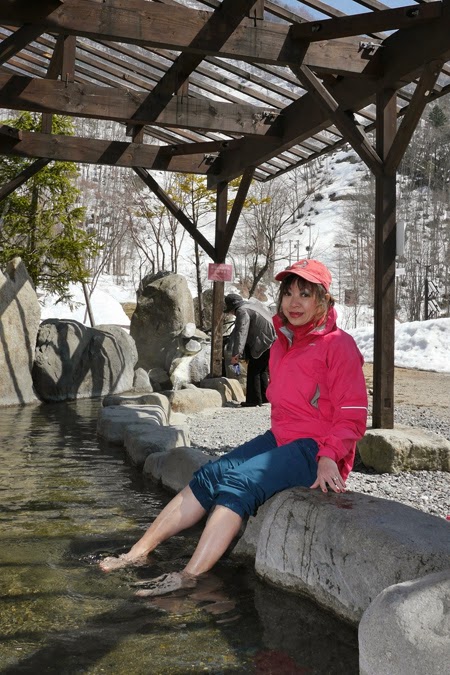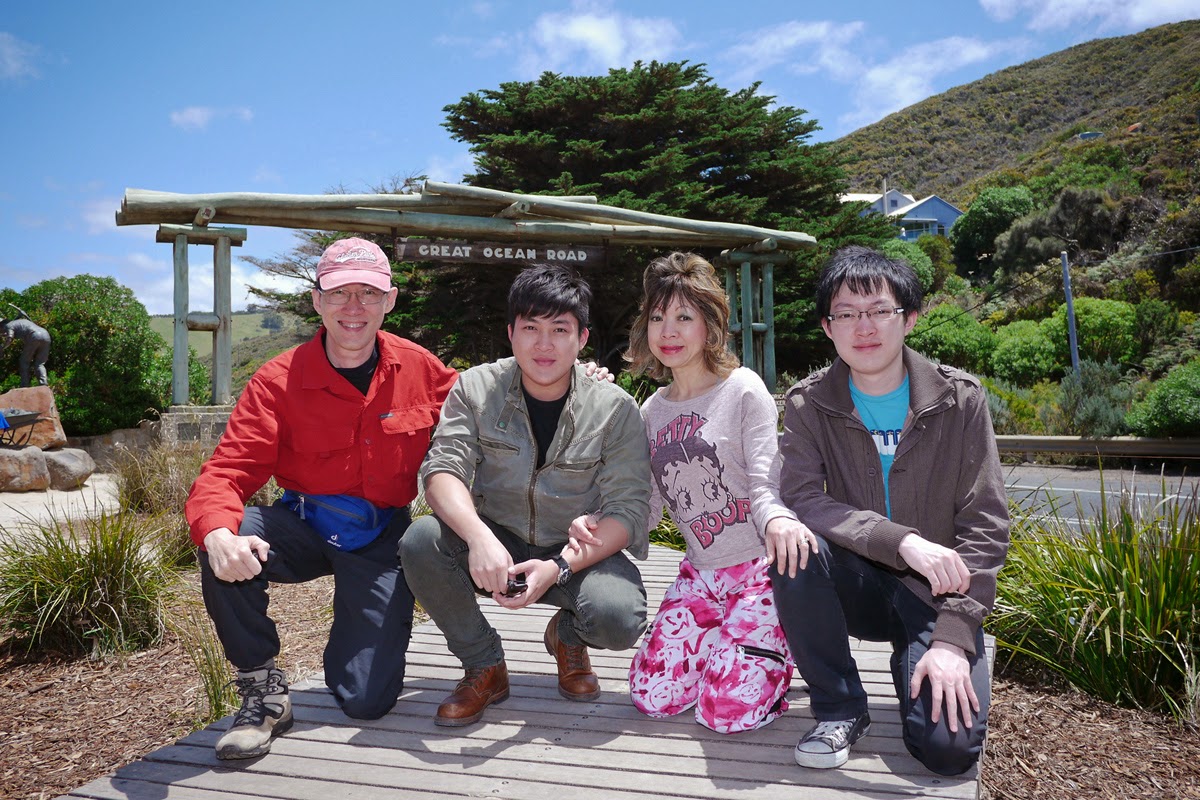 Daryl, our second son took a week off work (in insurance/financial planning) to bond with us in the snow. We had mandatory snowball fights, snowman & snow sculptures while Theresa was game enough to join the 2 brothers in learning how to ski, further up on Mt Hotham.
Daryl, our second son took a week off work (in insurance/financial planning) to bond with us in the snow. We had mandatory snowball fights, snowman & snow sculptures while Theresa was game enough to join the 2 brothers in learning how to ski, further up on Mt Hotham.Renting our 3 nights' accommodation in a cosy chalet house at Peppers Rundells Alpine Lodge was value-for-money. It came with a wood-burning fireplace, full-fledged kitchen, washer & dryer, plus ample room and privacy for everyone. We even had snow shovelling equipment, reminiscent of our first white Christmas, 20 over years ago in Boston.






















